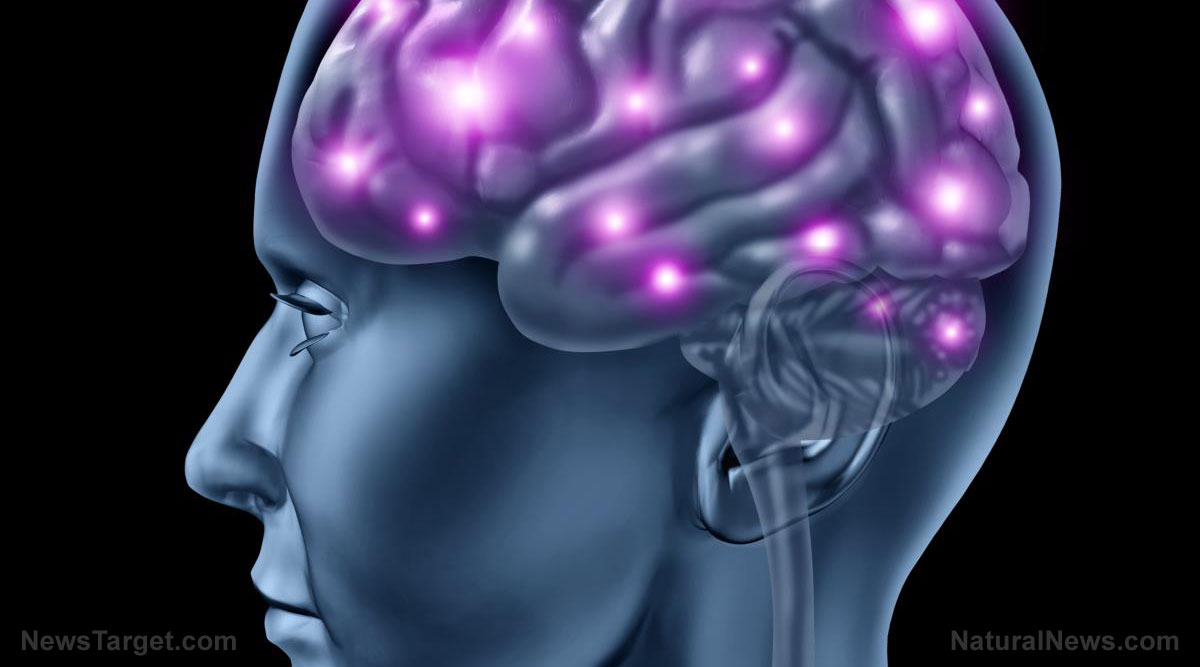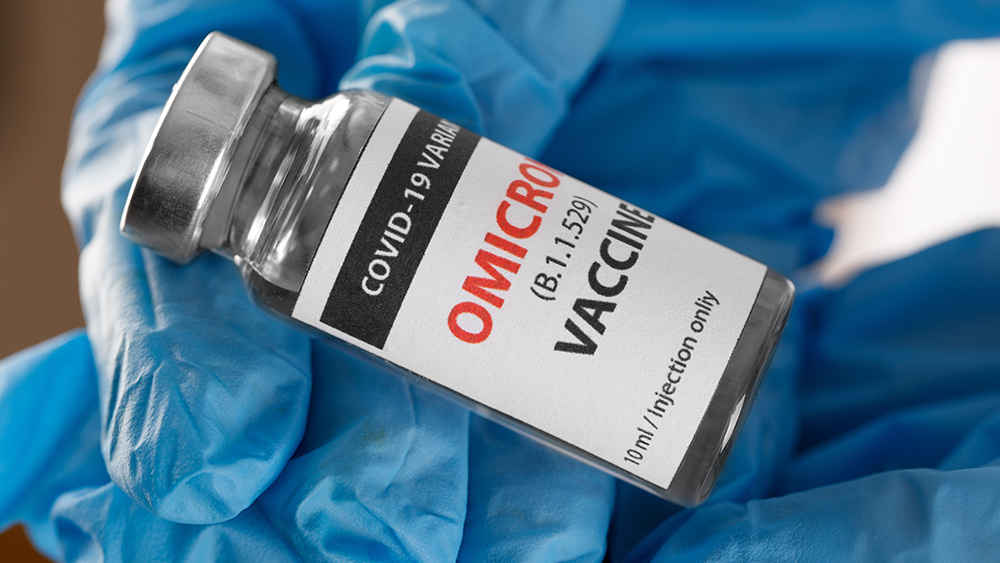
To be more specific, a group of scientists from the Wake Forest Baptist Medical Center and the University of Southern California (USC) have managed to develop a new kind of "prosthetic system" which is said to use an individual's memory patterns to tap into the brain's natural ability to encode and recall memory.
The researchers shared the details of their method in a paper titled, "Developing a hippocampal neural prosthetic to facilitate human memory encoding and recall," which was published recently in the Journal of Neural Engineering. Their study looked at the short-term memory of the participants, which ended up showing significant improvement – about 35 to 37 percent – over the baseline measurements by the end of all tests and experiments.
According to Dr. Robert Hampson, a professor at the Wake Forest Baptist Medical Center and the lead author of the study, the method they used to artificially boost the short-term memory performance of study participants is something that has never been done before. "This is the first time scientists have been able to identify a patient's own brain cell code or pattern for memory and, in essence, 'write in' that code to make existing memory work better," he explained, "an important first step in potentially restoring memory loss." (Related: Want to improve your memory or ability to concentrate? Lutein in avocados shown to boost eye and brain health.)
The study focused on improving episodic memory in the participants, and it was chosen because it's currently the most common type of memory loss in patients with Alzheimer's disease, head injury, and stroke. Episodic memory is defined as entirely new information that is new and useful for short periods of time to individuals, such as where you left your keys after getting home from work. In contrast, reference memory is information that gets stored in your brain for long periods of time, like most of the things you learned in school while you were growing up.
Researching memory
The researchers performed a couple of different tests on their test subjects, epilepsy patients at Wake Forest Baptist, to get the results of their study. First, the participants performed a simple computerized memory task and their neural patterns or "codes" were recorded. Afterward, a second test was conducted, where the participants were shown a "highly distinctive photographic image" that was followed by a short delay.
The participants were then asked to identify the photo out of a selection of four or five. While all of this was going on, the researchers were keeping tabs on the neural codes of the participants, and later used these same codes on the patients themselves. The researchers found that stimulating the participants with the correct-answer codes – gathered during the times that the participants got the correct answers in earlier tests – helped them achieve better results by almost 40 percent.
Hampson noted that their results are clear evidence that it's possible to "tap into a patient's own memory content, reinforce it and feed it back to the patient." He also added that even while a person's memory is impaired, it's possible to identify the neural patterns that signify correct memory formation, and from this, eliminate all the incorrect patterns.
"To date we've been trying to determine whether we can improve the memory skill people still have," Hampson remarked. "In the future, we hope to be able to help people hold onto specific memories, such as where they live or what their grandkids look like, when their overall memory begins to fail."
There's no telling when exactly that kind of thing will be possible, but it's surely something to look forward to.
Read more about how the human mind works in Brain.news.
Sources include:
Please contact us for more information.























